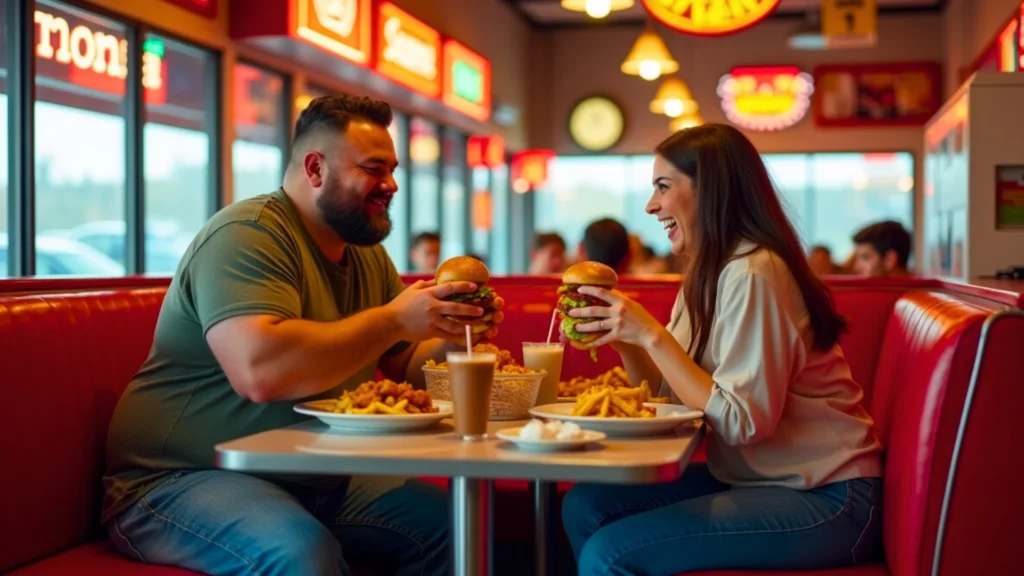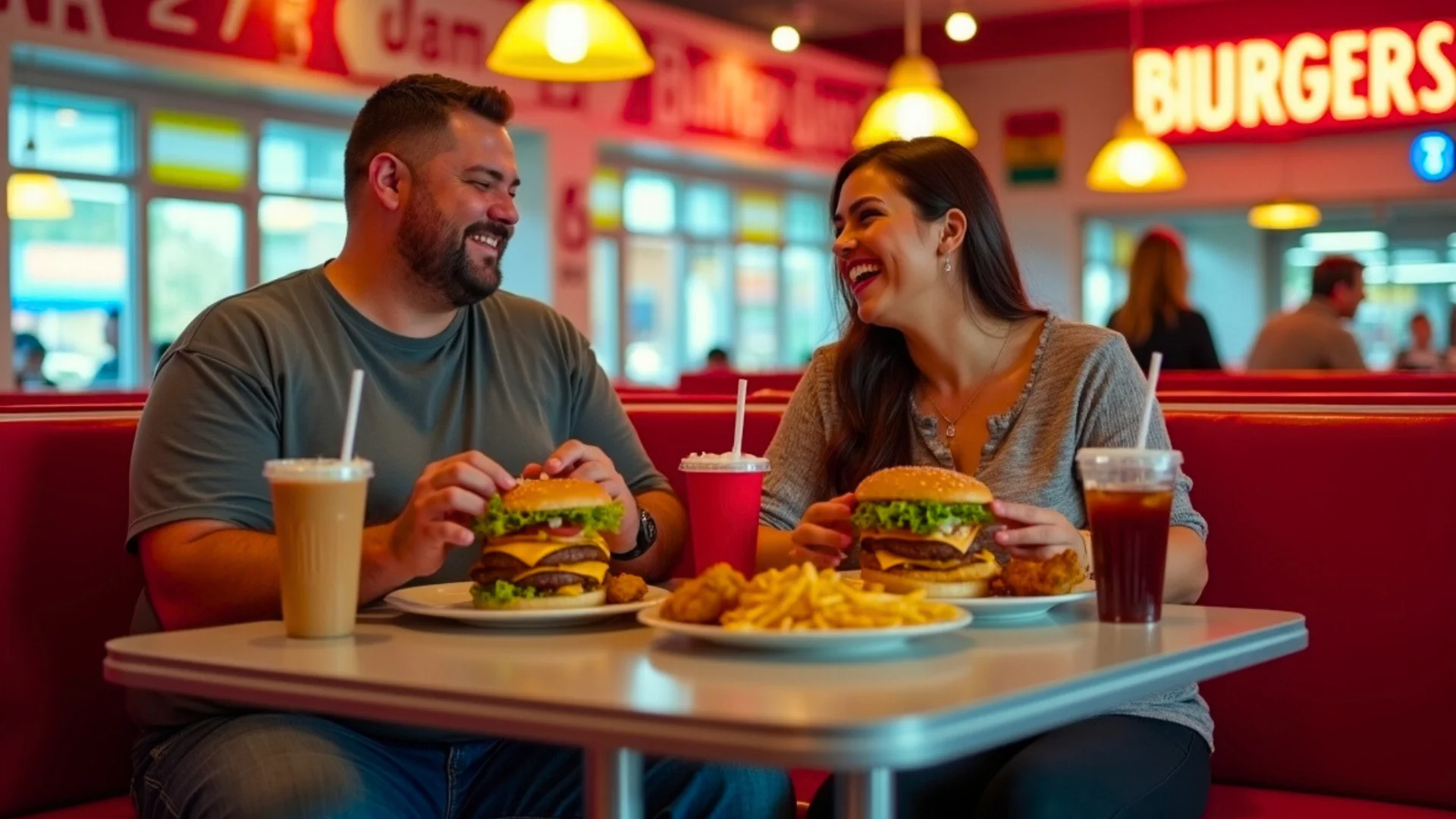USDA Considers Banning Junk Food Purchases with SNAP Benefits: A Look at What This Means
Hey everyone, Thakshi here! Today, let’s talk about a potentially big change coming to the Supplemental Nutrition Assistance Program (SNAP), formerly known as food stamps. The newly appointed Agriculture Secretary, Brooke Rollins, has announced her intention to push for restrictions on what SNAP benefits can be used to purchase.
The Proposal: Steering SNAP Towards Healthier Choices
Rollins, collaborating with Health and Human Services Secretary Robert F. Kennedy Jr., aims to shift SNAP spending towards healthier food choices. This initiative involves working with Elon Musk’s Department of Government Efficiency (DOGE) to optimize the use of SNAP funding. The core idea is to prevent SNAP benefits from being used on items like soft drinks, candy, ice cream, and prepared desserts.
Why This Matters
- Public Health Concerns: Ultra-processed foods, loaded with added fats, starches, and sugars, have been linked to chronic health issues like diabetes, cancer, and mental health problems.
- Taxpayer Dollars: In fiscal year 2023, SNAP cost taxpayers $112.8 billion, benefiting 42.1 million people with an average monthly payout of $211.93 per person. The debate centers on whether these funds should support the purchase of less nutritious items.
- Potential Impact: Restrictions could significantly alter the food choices available to SNAP recipients, potentially improving their overall diet quality.
Challenges and Obstacles
- Definition of “Junk Food”: A major hurdle is defining what constitutes “ultra-processed food” or “junk food.” What specific items would be included, and how would these be regulated?
- Implementation Difficulties: Past attempts to regulate food choices have faced resistance due to the complexities of implementation, potential costs, and concerns about effectiveness.
- Industry Pushback: The food industry, which spent $26.7 million on lobbying in 2024, is expected to strongly resist these changes. Companies may argue against restrictions, citing potential impacts on their sales and profits.
- Personal Freedoms and Stigma: Critics argue that limiting food choices undermines the autonomy and dignity of SNAP recipients, who receive an average of about $192 a month, or roughly $6.31 per day.
Voices on Both Sides
- Proponents: Argue that taxpayers shouldn’t foot the bill for unhealthy choices. They believe SNAP should promote nutritious options to combat diseases like obesity, diabetes, and hypertension.
- Opponents: Suggest that SNAP recipients are no more likely than other low-income individuals to purchase sugary drinks or snacks. They view restrictions as a means of reducing benefits and further stigmatizing recipients.
What’s Next?
Congress will need to weigh public health concerns against corporate interests and personal freedoms. Several proposals are already circulating, and the outcome of these discussions will determine the future of SNAP. It remains uncertain whether food stamps will soon exclude sodas, candy, and processed snacks, or if the program will remain unchanged.
What do you think about these proposed changes? Share your thoughts in the comments below!




